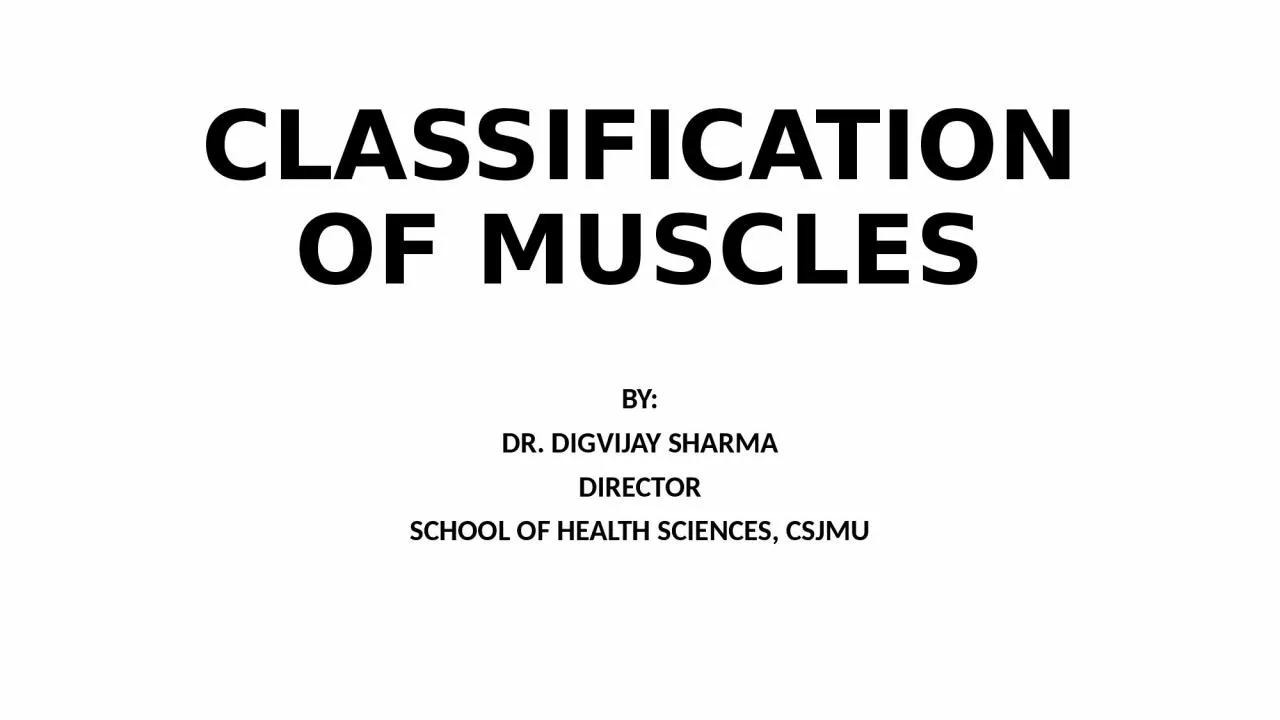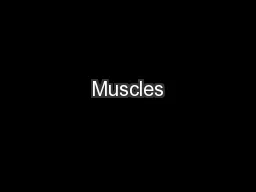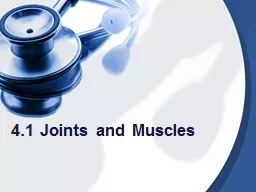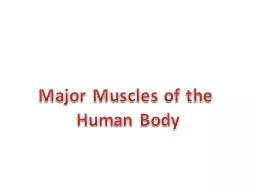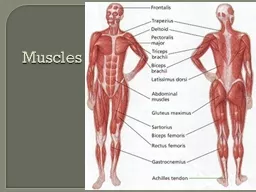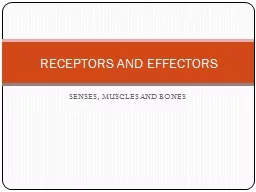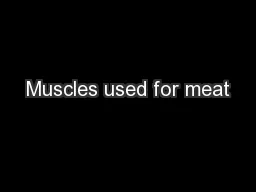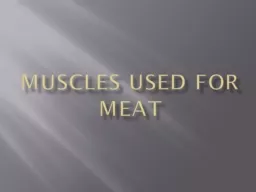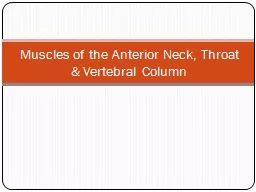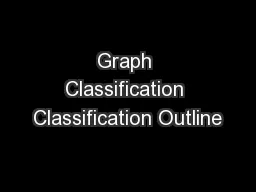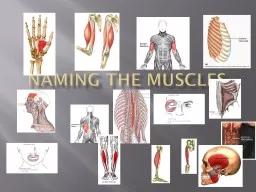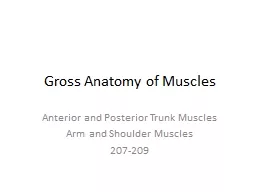PPT-CLASSIFICATION OF MUSCLES
Author : evans | Published Date : 2023-11-08
BY DR DIGVIJAY SHARMA DIRECTOR SCHOOL OF HEALTH SCIENCES CSJMU CLASSIFICATION OF MUSCLES When muscles are categorised on the basis of action such as muscle causes
Presentation Embed Code
Download Presentation
Download Presentation The PPT/PDF document "CLASSIFICATION OF MUSCLES" is the property of its rightful owner. Permission is granted to download and print the materials on this website for personal, non-commercial use only, and to display it on your personal computer provided you do not modify the materials and that you retain all copyright notices contained in the materials. By downloading content from our website, you accept the terms of this agreement.
CLASSIFICATION OF MUSCLES: Transcript
Download Rules Of Document
"CLASSIFICATION OF MUSCLES"The content belongs to its owner. You may download and print it for personal use, without modification, and keep all copyright notices. By downloading, you agree to these terms.
Related Documents

